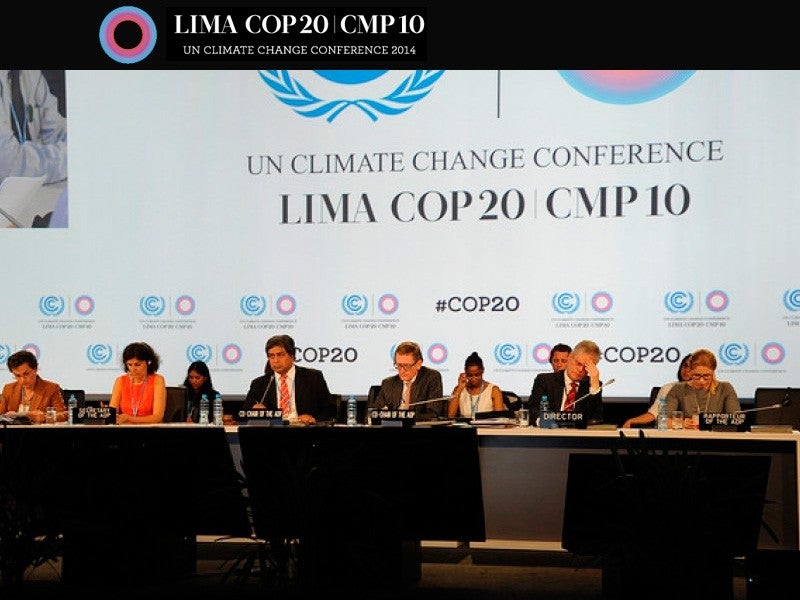Protecting Human Rights by Reducing Black Carbon Emissions to Slow Arctic Warming
Earthjustice is working on behalf of the Arctic’s Athabaskan people to reduce black carbon emissions, a major cause of Arctic warming.
Case Overview
For millennia, the Arctic has been the earth’s air conditioning—it cools warm air from the equator and in the process establishes wind and weather patterns. But black carbon pollution threatens this essential cooling system.
Black carbon, which is emitted by diesel engines, gas flaring, biomass burning and other industrial practices, can travel great distances from its emission source and settle onto white Arctic snow and ice. The black color absorbs sunlight and accelerates melting.
The Arctic is warming more than twice as fast as the rest of the planet. Reducing black carbon emissions could substantially slow Arctic warming and melting. It would also protect the homeland of Athabaskan people, who rely on an intact Arctic ecosystem for their survival. Earthjustice is representing the Arctic Athabaskan Council before the Inter-American Commission on Human Rights to reduce black carbon pollution, slow Arctic warming and protect Athabaskans’ homeland.

Case Updates
Case page created on April 23, 2013.
